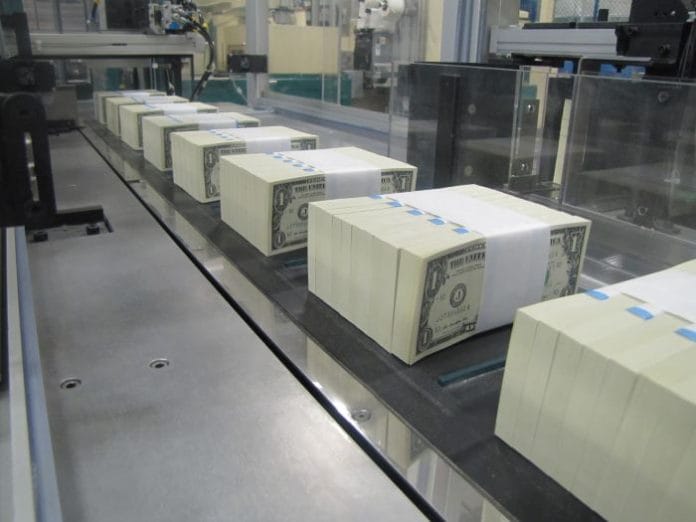The landscape of the financial markets is undergoing a significant transformation as we step into the year 2024. One notable development is the reversal of the EUR/USD rebound that marked the beginning of the year. My projections suggest a continued underperformance of this currency pair in the coming months, with a potential descent towards 1.07 in the next 2 months. The intricate interplay of various currency drivers is anticipated to contribute to this downward trajectory, primarily influenced by the relative policy outlook between the European Central Bank (ECB) and the Federal Reserve (Fed).
The EUR faces additional vulnerabilities in the form of a possible widening of peripheral yield spreads to Bunds. Dovish Fed rate cut expectations have already diminished the appeal of the USD, though the extent of easing anticipated by the markets may be more optimistic than what the Fed is likely to deliver. This leads us to believe that the USD, currently considered oversold, may experience a consolidation as investors reassess their dovish outlook.
Looking ahead, the USD’s performance is expected to hinge on two key drivers in 2024. Firstly, the spectre of US recession risks and escalating tariff concerns in the lead-up to the presidential election may prompt a late-year recovery for the USD. Secondly, the Swiss Franc’s (CHF) exceptional performance in 2023, driven by interventions from the Swiss National Bank (SNB), is expected to plateau in 2024.
Persistent US inflation, fuelled by sticky services inflation, is poised to delay Fed rate cuts until Q324, and even then, the cuts may be limited. This scenario could contribute to a rally in USD/JPY in the near term, as we’re all seeing this happening now, fuelled by repatriation flows from US Treasuries back into Japanese Government Bonds (JGBs). Geopolitical uncertainties also add an element of volatility to JPY crosses, potentially strengthening the Japanese Yen.
The spectre of a Trump victory in the US presidential election introduces the threat of tariffs on US imports, although the approval process could impede these efforts. Any broad tariffs imposed could trigger a global tax on international trade, favouring the USD against the JPY due to Japan’s lower trade dependency.
After a two-year downtrend, AUD/USD seems poised for a turnaround. The short-term rates differential has bottomed out, and a mild US recession is anticipated. Australian inflation resilience and China’s growth stabilization further contribute to the positive outlook for Australian exports.
In contrast, the Reserve Bank of New Zealand (RBNZ) is perceived as overly hawkish. Global growth slowdown, coupled with a conservative government’s spending cuts, is expected to weigh on New Zealand’s economy and the NZD. External factors such as El Nino also pose significant challenges.
Gold (XAU) continues to assert itself as the ultimate hedge against risk aversion and currency debasement, with its shine expected to intensify, particularly when the Fed initiates rate cuts in H2 2024.
Market commentary and analysis from Luca Santos, currency analyst ACY Securities









